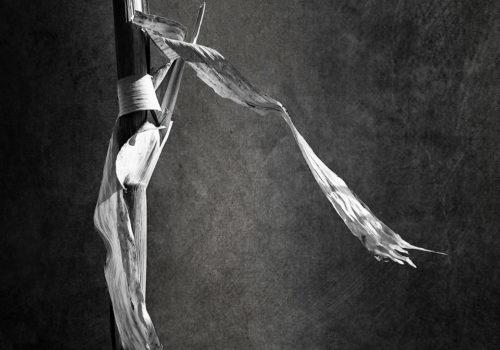This is an American family. It is a story we do not hear. A story of five generations brought together in honor of the life of its matriarch. Idell Marshall, born on April 14, 1915, died on July 16, 2011. She was 96. For all intents and purposes, she died of old age. When she began to get weak, her daughters reached out to all members of the family and they came to her bedside to say goodbye. One of her grandsons is Eric Johnson, a photographer whose works are ingrained in popular consciousness. But in the presence of his family, he is just Eric, one of the 91 members of Mrs. Marshall’s family.
This article is reserved for subscribed members only. If you are already a member, you can log in here below.
Subscribe for full access to The Eye of Photography archives!
That’s thousands of images and articles, documenting the history of the medium of photography and its evolution during the last decade, through a unique daily journal. Explore how photography, as an art and as a social phenomenon, continue to define our experience of the world. Two offers are available.
Subscribe either monthly for 8 euros (€) or annually for 79 euros (€) (2 months offered).
















